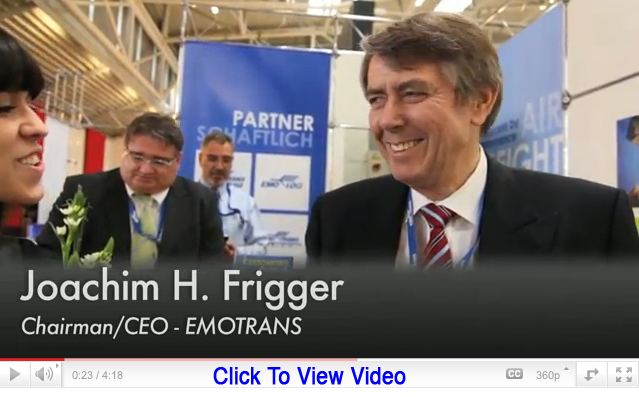SITA
In Financial Free Fall?

Is SITA on the brink of bankruptcy?
This is the key question raised in a “confidential and privileged
memorandum” written last September by a former group of SITA executives
that had been leaked to FlyingTypers. Their conclusion in the
29-page manifest: “The group as a whole may not be in danger of
immediate bankruptcy, but all the factors are present today to lead
to a possible bankruptcy of the group in the medium term if the indebtedness
can not be repaired.”
The authors speak of a “cash hemorrhage”
that SITA is facing with the group’s financial situation steadily
deteriorating. Ever since 2007, the last positive year, cash influx
has been much lower than outflow. Meanwhile
the funds needed to successfully and continuously run the business have
become extremely small.
“The SITA Group can barely operate
with less than $100m of working capital because some $30m to $40m of
existing SITA cash is either owned jointly with partner companies like
Champ Cargo Systems or ‘frozen’ in countries with heavy
exchange control restrictions,” reads the memorandum. If no fundamental
changes occur debts will amount to $40m until 2014, the paper predicts.
According to the critics a number of key
reasons lead to this situation:
|
•
SITA began a campaign of poorly controlled spending
on high risk projects with dubious cash return potential. Not
only were these projects risky on a case-by-case basis, but also
the collection of all of these initiatives, carried out at the
same time, has dried up cash generation and increased the cash
risk outcome exponentially. These include acquisitions ($109m),
the development of a new generation reservation system (an original
investment plan of $120m, but heading towards $170m), the creation
of a new generation data center (NGDC) in Atlanta (an original
investment of $50m heading towards $70m), OnAir funding (an original
investment plan of $50m but now heading towards $130m) and the
development of working capital-hungry projects (Government and
Airport contracts). Most of these projects are unlikely to return
any cash for a long period of time, if ever, and most seem to
be out of control. It should be noted that the investment projects
are rarely if ever, reviewed by the supervisory board against
the original business plans.
• Cash
influx from customers has severely deteriorated. Overall revenues
have shrunk since 2008 despite the promised revenue growth strategy
pursued by the management. Worse, this contraction in revenues
took place despite the additional incremental revenues that were
consolidated from the companies purchased through acquisitions
(which have never been shown separately by the management). This
means that the underlying decline in revenues before the impact
of acquisitions is much more severe than the overall drop including
acquisitions.
• The
creation of a Customer Services Division, with little alignment
to the rest of the Group, insomuch as they just pass their cost
inefficiencies on to the revenue earning solution lines, with
little or no negotiation, or defined need.
• Despite
the failure of all the 3-year plans and flat revenues, the headcount
was allowed to grow from 3,866 in December 2006 to 4,770 in December
2009, which led to additional expenditures. |
Given these circumstances the paper concludes
that SITA must inevitably resort to external funding in order to ensure
that its routine financial commitments are met. “As the cash level
keeps on going down, resulting from continued lower cash inflows than
outflows, the need for further external financing will grow.”
The authors conclude that SITA’s
poor financial performance over the last few years has a simple cause:
insufficient management. “Management’s strategy neither
generated growth nor achieved cash profitability, and it wasted community
resources into non-community related projects such as OnAir.”
The pursuit of growth through acquisitions
as a substitute for a failure of organic growth “led to the payment
of huge premiums to acquire businesses with no transparent, measurable
mechanism to track the value created (or destroyed) by this strategy,”
claim the critics.
The next meeting of SITA’s supervisory
board will take place on December 5. It doesn’t need much imagination
to predict that the “confidential and privileged memorandum”
will be ranked high on the controller’s agenda.
Heiner Siegmund/Flossie |





